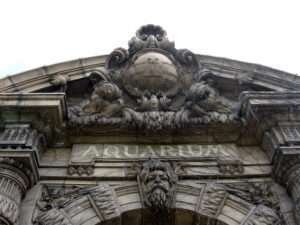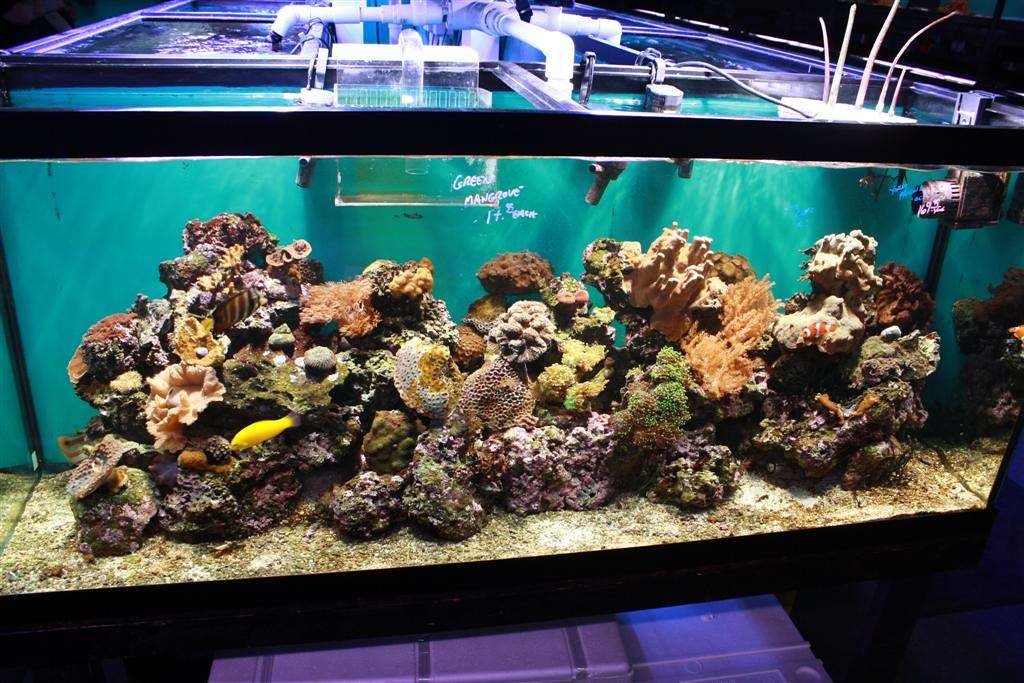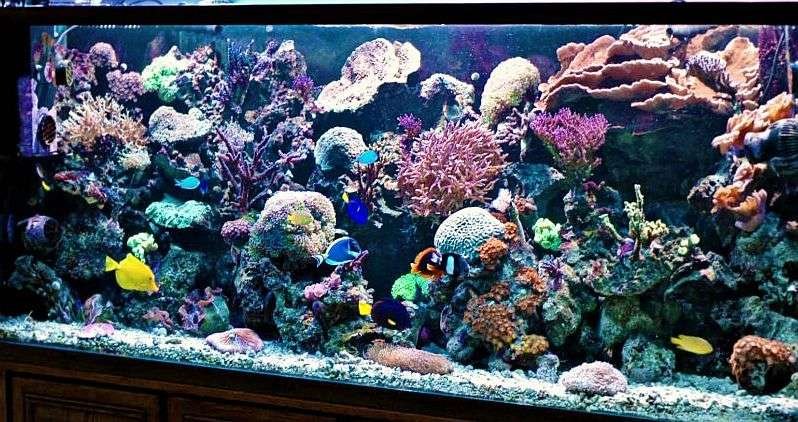History of Aquariums
Have you ever been interested in the interesting history of those beautiful underwater worlds we call aquariums? The history of these water shows goes back hundreds of years and is full of stories of people who were curious, came up with new ideas, and loved the beauty of marine life.
Beginnings in the Past:
Aquariums have been around since the time of the first societies. People think that the Sumerians and the ancient Egyptians kept fish in simple containers, not just for looks but also for useful reasons like food storage or holy meaning.
But the Romans took the idea even further by building the first public pool that we know of. People say that Emperor Augustus made a marine exhibition pool in the gardens of his house to show off sea creatures from the Mediterranean.
A Growing Interest in the Victorian Era:
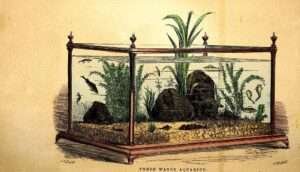
Now let’s go back to the Victorian age in the 1800s. This is when people really became interested in tanks. During this time, people became more interested in science and natural history. When it opened in 1853 in Regent’s Park, London, the Aquatic Vivarium was the first public aquarium in the world. With its freshwater fish and watery plants, this tank quickly became a hit, drawing large groups of people eager to see the strange life below.
In the same time period, Philip Henry Gosse, a groundbreaking marine scientist, wrote a groundbreaking book called “The Aquarium: An Unveiling of the Wonders of the Deep Sea.” In it, he first used the word “aquarium” in English. Gosse’s work made the idea of home tanks more common and set the stage for modern marine biology.
Changes in Technology:
As the 20th century began, improvements in glassmaking and water technology changed the aquarium world in big ways. As glass tanks got cheaper and lasted longer, fans were able to make more complex setups. New ideas like water filtering systems and artificial lights have helped the tank hobby grow even more.
From a Very Small Interest to a Worldwide Icon:
Aquarium keeping went from being a very small interest to a worldwide icon in the second half of the 20th century. There are now public aquariums in most big towns around the world. These aquariums have huge collections of marine life and educational programs to teach people about protecting the ocean.
People of all ages are still fascinated and taught by tanks today. They give us a glimpse into the amazing world below, which makes us value marine life and the need to protect our seas even more.
Giving the Early Marine Tank a Facelift: A Brief History
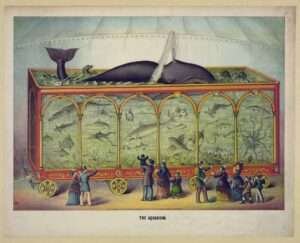
Find out where the idea for marine tanks came from. In the 1800s, scientist Philip Henry Gosse wrote “The Aquarium,” which described his successful attempts to keep marine life in glass cases.
Robert Warrington, a biologist, created the marine “Wardian case” and changed it so that it could be used to keep aquatic animals in controlled settings.
In the 20th century, progress in science and glassmaking made tanks bigger and more stable. We learned more about marine life thanks to public aquariums like the Marine Biological Station in Naples.
Marine tanks are now a sport all over the world, and thanks to improvements in lighting and filters, you can make your own complex marine ecosystems at home. The story of the early marine tank takes us to a world where the ocean meets creativity and new ideas.
Final Thoughts:

The history of tanks shows how naturally curious people are and how connected we are to the natural world. From their humble beginnings in ancient civilizations to the booming aquarium culture of today, these water shows have caught our attention and motivated generations to learn more about, protect, and enjoy the oceans’ beauty.
The history of aquariums is an interesting trip that everyone can join, whether they are experienced tank keepers or just interested in marine life. When you look into the deepest parts of an aquarium, remember the hundreds of years of hard work and new ideas that have made this experience possible.

